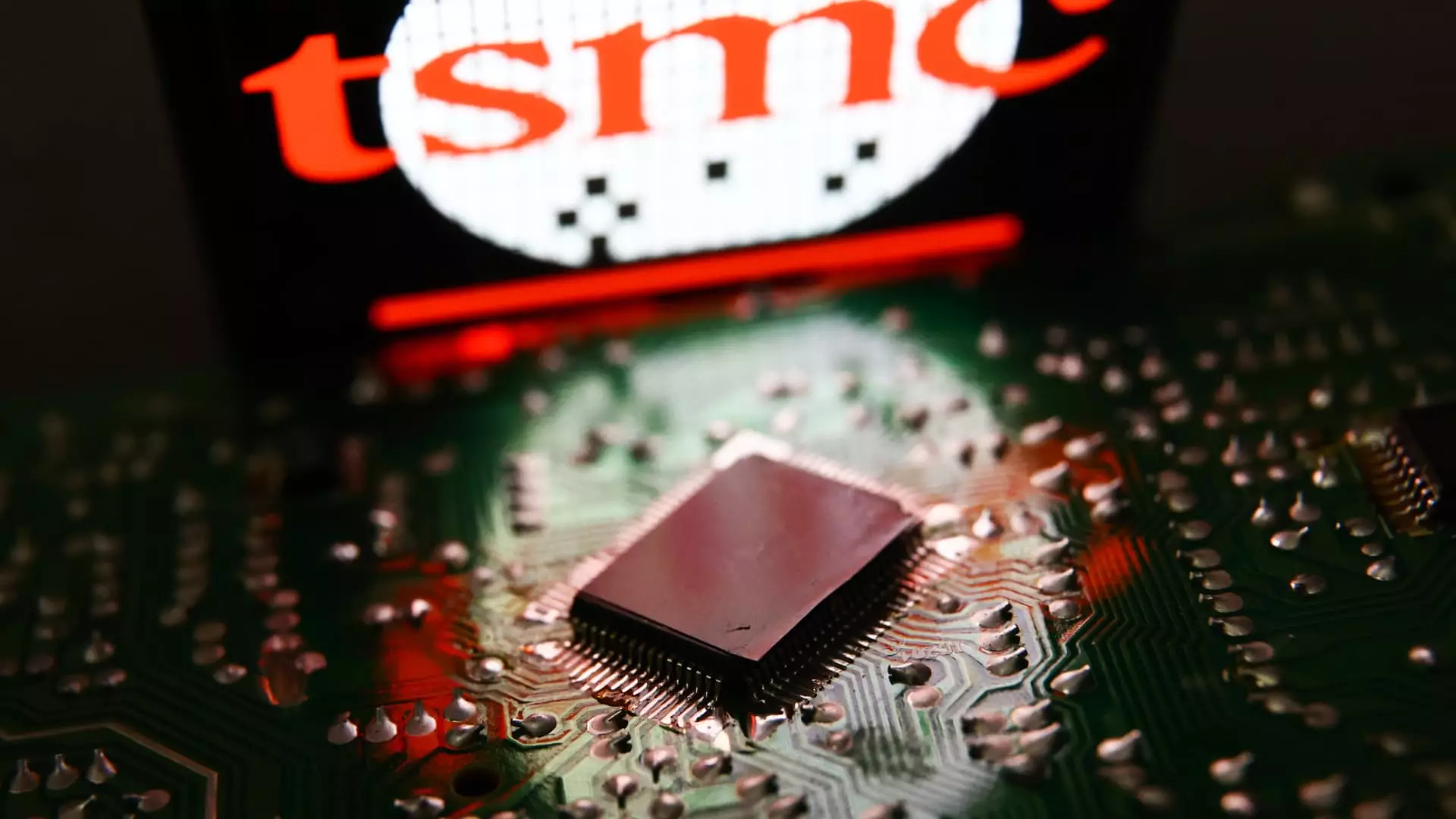The semiconductor industry has become a focal point of geopolitical tensions, particularly in the relationship between the United States and China. The recent directive from the U.S. government prohibiting Taiwan Semiconductor Manufacturing Company (TSMC) from shipping advanced chips to Chinese clients magnifies the ongoing struggle over semiconductor dominance and the quest for technological supremacy. This move aligns with the broader context of international restrictions on technology transfers, particularly those that could enhance military or AI capabilities within China.
Understanding the Export Restrictions
According to sources acquainted with the matter, the U.S. Department of Commerce sent TSMC a letter mandating the cessation of shipments of certain advanced microchips—specifically those built on 7 nanometer technology and more sophisticated architectures—to Chinese customers. These chips are critical for applications in artificial intelligence, particularly in devices that utilize AI accelerators and graphic processing units (GPUs). The crackdown reflects an escalating strategy by the U.S. to hinder the technological growth of China’s AI sector, highlighting the intricate interplay between commerce and national security in the ever-evolving tech landscape.
The timing of this restrictive order raises eyebrows, especially as reports emerged last month indicating that a TSMC chip was discovered in a Huawei AI processor. This revelation, uncovered by Tech Insights through a product disassembly, brought to light potential violations of export controls aimed at limiting access to advanced technologies by companies on a U.S. restricted trade list, including Huawei. As a consequence, TSMC took precautionary measures by suspending shipments to other Chinese chip designers, particularly Sophgo, whose products were closely associated with the disputed Huawei processor.
Following this abrupt announcement, TSMC communicated with its clients about suspending shipments of these highly coveted chips, significantly impacting the semiconductor supply chain. The restriction not only targets individual companies but also serves as a substantial test of the U.S. government’s ability to enforce its export controls effectively. It provides the U.S. with an opportunity to investigate whether companies are sidestepping regulations and redirecting these advanced chips to bolster Huawei’s AI capabilities, inadvertently propelling China’s broader ambitions in this strategic sector.
Challenges in Enforcing Export Controls
The Commerce Department’s issuance of what’s termed an “is informed” letter is crucial, as it allows for the rapid imposition of new licensing requirements. This contrasts with the traditional, more cumbersome rule-making process, underscoring the urgency surrounding this issue. However, despite this swift action, both Republican and Democratic lawmakers have increasingly voiced concerns regarding the overall effectiveness of export controls that aim to curb China’s technological advancement. Previous efforts in 2022, which saw similar restrictions imposed on U.S. companies like Nvidia and AMD, reveal a pattern of escalating measures designed to counter perceived inadequacies in technology export regulations.
The ongoing geopolitical nuances will likely shape future tech relations between the U.S. and China. As both nations race toward achieving global technological leadership, the contest for semiconductor dominance will remain at the forefront. The delayed updates on rules governing tech exports, which were expected to expand the Commerce Department’s restricted entity list to include over 120 Chinese firms, continue to complicate matters. Despite intentions to refine these regulations, the absence of decisive action raises doubts about the commitments of both nations toward relinquishing restrictive practices in the name of economic growth.
The recent export restrictions imposed on TSMC mark a significant escalation in the ongoing U.S.-China tech rivalry, underscoring the fragile balance between commerce and national security in the semiconductor industry. As both sides navigate this complex landscape, the looming question remains: how will these actions reshape the future of global technology and geopolitics? What is clear is that the semiconductor industry is not just a battlefield of commerce but a critical arena within the broader scope of international relations. As tensions rise, it will be paramount for companies and governments alike to adapt swiftly to an ever-changing environment characterized by competition, regulation, and technological evolution.


Leave a Reply